
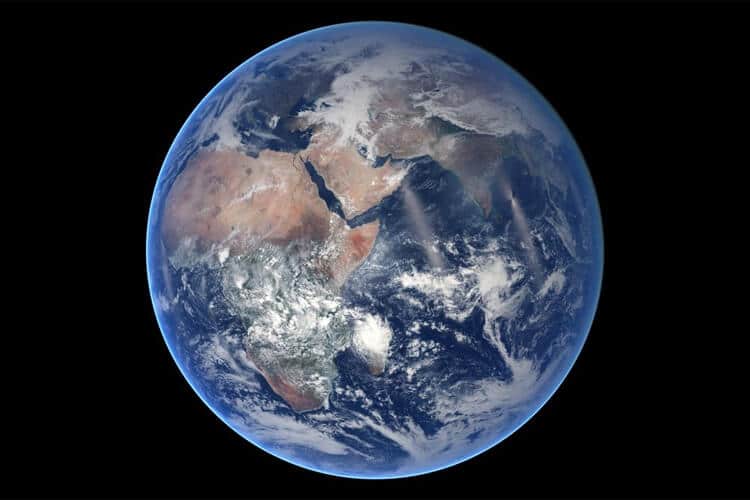
How was the world created? His question still haunts many of us. For decades, scientists have published their research on this subject, and new information continues to emerge. What is the billion-year-old secret of life on our planet? We searched for surprising facts about the birth of the Earth, including the question. We take a closer look at how the Earth was formed and the interesting information that emerges about the Earth.
How Was the World Created? Do We Know Our World?

Studies have shown that the Earth is 4.5 billion years old. 3rd after Mercury and Venus with its proximity to the Sun. is ranked. According to today’s information, the only planet with water is Earth. Although salt water has been found on Mars, it has been confirmed by NASA that it is not drinkable. Earth is seen as the only body inhabited by living things. At least for now…
The atmosphere contains plenty of nitrogen and protects us from the threat of meteorites. Another aspect that distinguishes it from other planets is that it has vegetation and forests. Since it is at a suitable temperature, it plays the most important role in the sustainability of life.
How Did the Universe Form?

The Big Bang theory states that the universe was formed by expanding from a singular point. As this expansion continued, hydrogen, helium, and minor amounts of lithium emerged. When these gases reached extremely low temperatures, galaxies such as the Milky Way and Andromeda were formed.
Although this theory is called the Big Bang, the main event is expansion. The explosion in a small moment in time did not occur in space.
From this moment on, the universe continues to expand, as it does today. What happened after the Big Bang has always been the subject of debate. The theory that most scientists agree with is as follows:
At the initial stage, the universe was quite hot and dense. This homogeneous universe was becoming more and more swollen, completely surrounded by quark-gluon. The cooling phase also started after that.
What Happened After the Big Bang?

Protons and neutrons arose immediately after the expansion. Protons and antiprotons annihilating each other turned into energy. After this stage was completed, the vast majority of protons and neutrons disappeared.
1 second after the formation of the universe, electrons and positrons interacted. After the temperature dropped to 1 billion kelvin, helium and deuterium were formed. It took 379,000 years for the liberated protons to come together with electrons.
Although the initial stage of the universe is simulated in the experiments, there is no clear information about the first seconds. Since the Big Bang density could not be reached with the available data, it remains a question mark at the moment.
How Was the World Created?

A large amount of interaction occurred as planets around the Sun formed. In one of the massive movements that crashed into each other, the building block of the Earth was torn from the Sun. It began to expand over time by integrating with other substances.
Colliding with the meteorite, the Earth thus incorporated some elements into its structure. Iron and nickel, inherited from the meteorite, formed the core structure of the earth.
The appearance of the Earth did not take its present form in a short time. The formation of the earth and oceans took place billions of years later. Plants took the first step of living life by creating oxygen and atmosphere through photosynthesis.
Until this stage, there were many ice ages, huge volcanic eruptions occurred. These natural events were a major factor in the shape of the Earth. The question of how the world was formed includes many climate and natural events.
10 Interesting Facts About the World
1. Tectonic Movements Balance the Earth’s Crust

Earth is the only planet in the solar system that has experienced volcanic eruptions and earthquakes. The Earth’s outer crust breaks apart and these earth particles move towards each other. Thus, fresh earth crusts can form on Earth.
This is also important for the carbon cycle. When plants in the ocean die, they fall to the bottom of the ocean. After a long time, these carbon-rich remains come back to earth. By absorbing carbon in the atmosphere, it prevents the earth from overheating. Carbon cannot be recycled without tectonic movements.
2. The Earth Is Not Perfectly Round
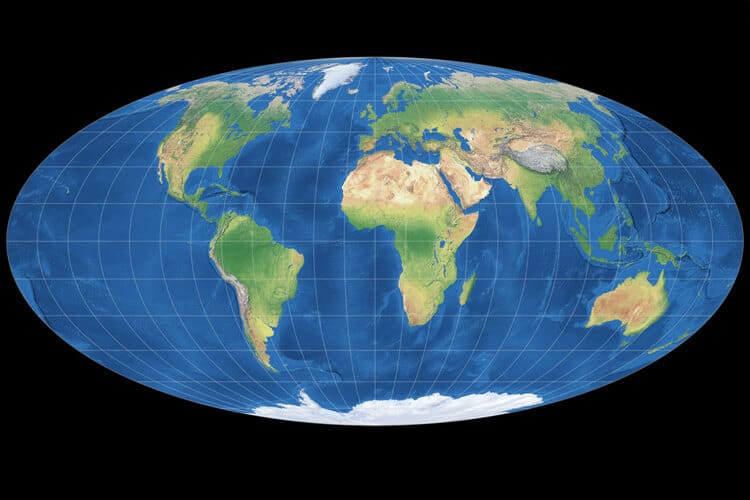
Most of us know that the Earth is round. Although there is no wrong information, there is a small nuance. The newly discovered fact with modern astronomy is that the Earth looks like a flattened sphere.
Although its shape is almost round; It is flatter at the poles and more protruding at the equator. This is due to the axis of the Earth.
3. The Earth Is Mostly Made Of Iron, Silicon, and Oxygen
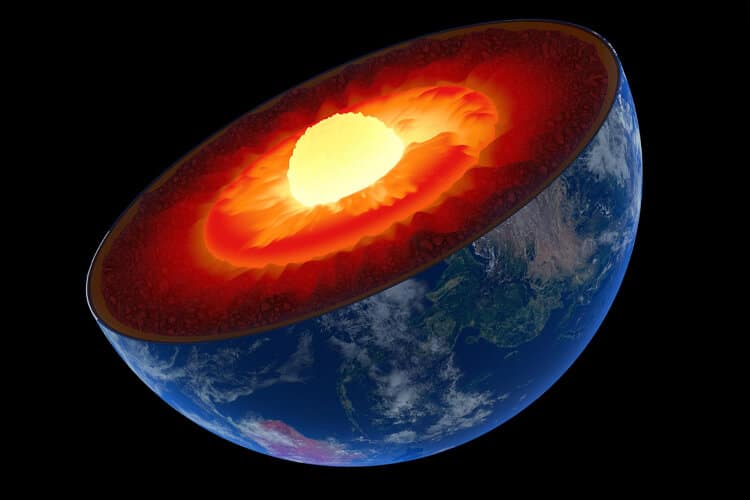
When we make a comparison in terms of elements, we find 3 substances densely in the earth’s crust. The earth contains 32.1% iron, 30.1% oxygen, 15.1% silicon, 13.9% magnesium. Most of the iron is found in the core of the earth’s crust. In the mass of water, there is 88% oxygen.
4. 70% of the Earth is Covered with Water

The reason why the world is depicted as blue actually stems from this information. The rest of the earth, which is mostly composed of oceans and seas, is called the ” continental crust “. As a matter of fact, our living space is not very large.
5. Earth’s Atmosphere Is More Than 10,000 Km Wide
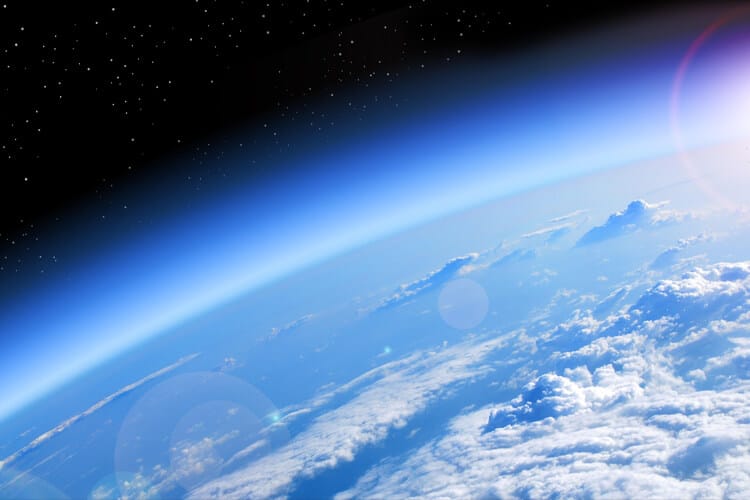
The atmosphere on earth is very dense, 50 km above the surface. However, it extends up to 10,000 km into space. The atmosphere lowers the pressure and density of air that is higher and farther from the surface.
The exosphere, the largest and outermost layer, is 10,000 km above sea level. Thus, the last layer of the atmosphere merges with the vacuum of space.
6. Molten Iron Core in the Earth’s Crust Creates a Magnetic Field
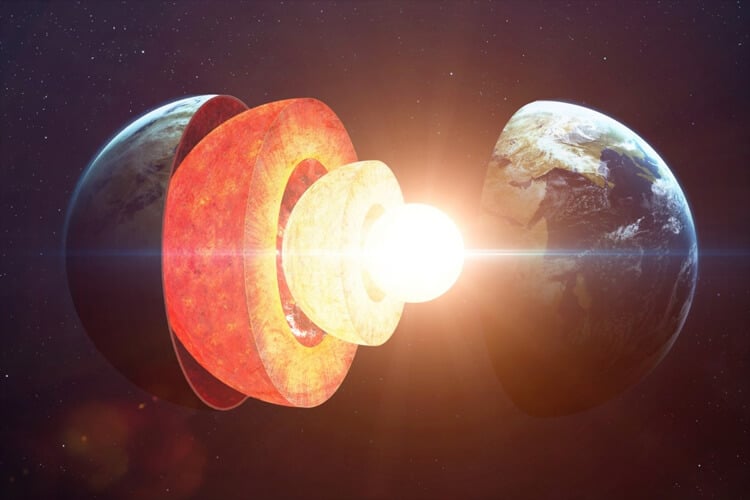
This field, called the “magnetosphere,” creates a magnetic field thousands of kilometers from the surface. According to scientists, this is all about the earth’s core. Thus, the heat conduction required to create the electric current is regulated.
The magnetosphere prevents the wind from the Sun from spreading radiation to the earth. It blocks this harmful radiation around the Earth. We can easily say that this region has a vital importance.
7. The Earth’s Movement Around Its Axis Doesn’t Take 24 Hours
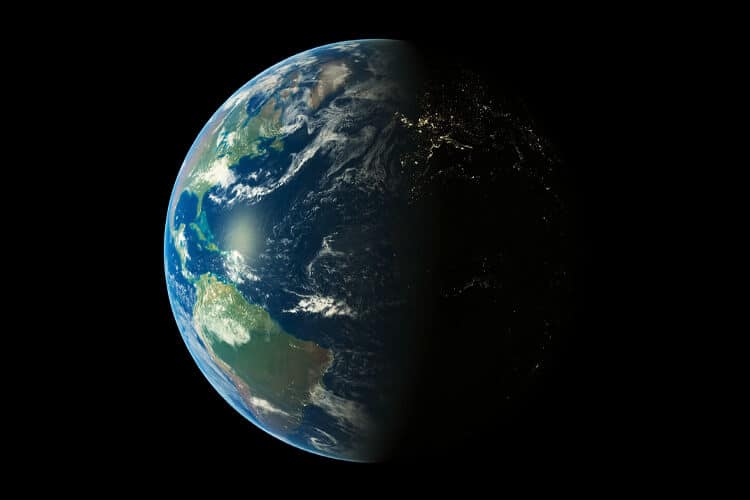
It takes exactly 23 hours, 56 minutes and 4 seconds. Astronauts arrive at this conclusion by calculating the sidereal day , that is, a distant star. The sun moves 1 degree further than the stars behind.
Thus, if we add the Earth’s rotation around the Sun and itself, we get 24 hours. This difference, called the solar day, is due to the time it takes for the stars in the sky to appear at the same point.
8. A Year Is Not 365 Days
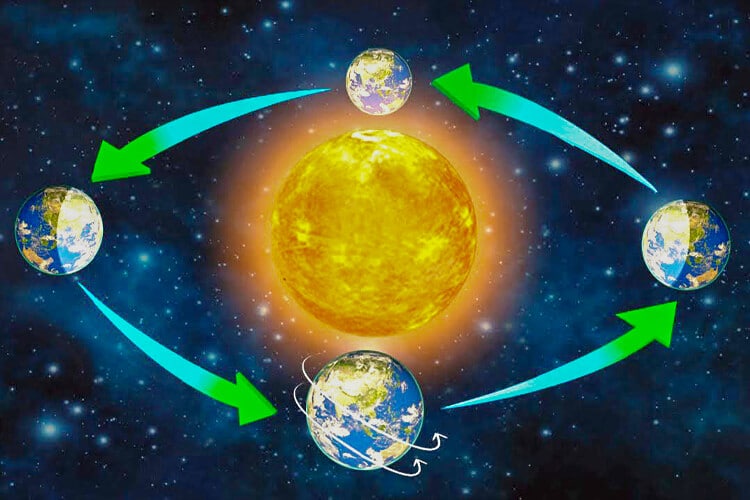
A year is 365.2564 days. So how? It means Leap day . February 29, etc. Dates now pass as days. Every 4 years, these leap days are needed. For this reason, we add 1 day to the February calendar once every 4 years.
9. Earth Has Other Tiny Moons Than the Moon
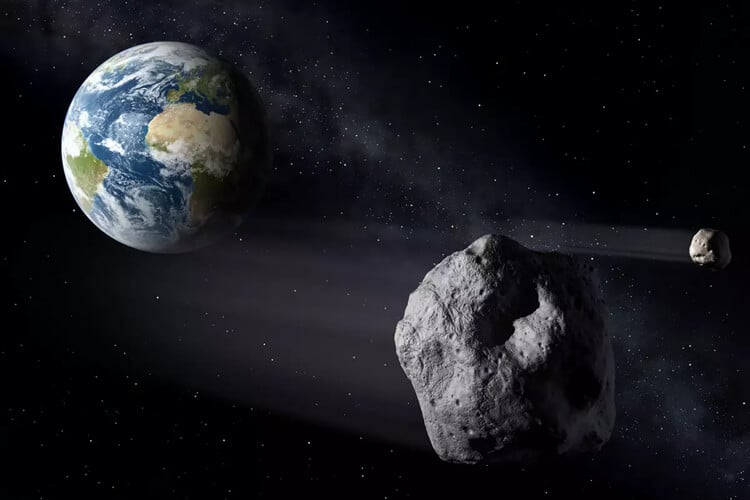
As we all know, Earth’s satellite is the Moon. These two asteroids, whose names have been heard with the latest data, are referred to as 3753 Cruithne and 2002 AA29. They have been observed to be part of the asteroid population known as near-Earth objects. 3753 Cruithne is referred to as “Earth’s second satellite” in some sources.
Although it does not revolve around the Earth, it has a synchronized orbit. 2002 AA29 revolves around the Earth once in 95 years and is very close to us. It draws an almost circular orbit of 60 meters in size. According to scientists, this celestial body can provide a great advantage for exploring the depths of space.
On February 15, 2020, another 3.5 meters diameter asteroid was found. It is thought that this small celestial body, discovered with the project contributed by NASA, may be one of the Earth’s satellites.
10. Topic More Curious Than How the World Was Formed: Are We Alone in the Universe?
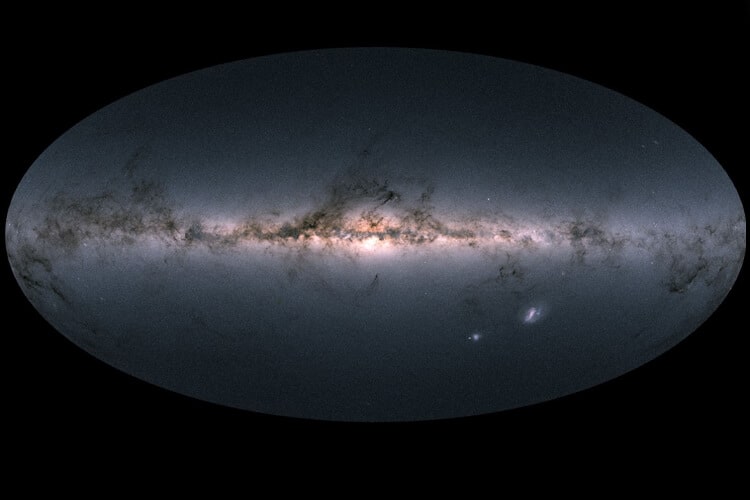
Organic molecules and water from the past have been found on Mars. Amino acids are also seen in the nebula cluster. Astronauts have conducted many researches on whether there is life on Jupiter’s moon Europa and Saturn’s moon Titan. The bottom line is that life only exists on Earth. Distant stars are listened to by huge radio dishes in modern technology.
In this way, the existence of different life forms among the stars is tried to be investigated. Finding traces of life on different planets has always been the subject of speculation, but there is no clear data. Time will tell, but it’s interesting enough that life only exists on Earth for now!
You can also check out these contents:
What is Artificial Intelligence Engineering? What are the Study Areas?
Planets in the Solar System and Their Characteristics
This post is also available in: Türkçe





Yorumlar (0) Add Comment